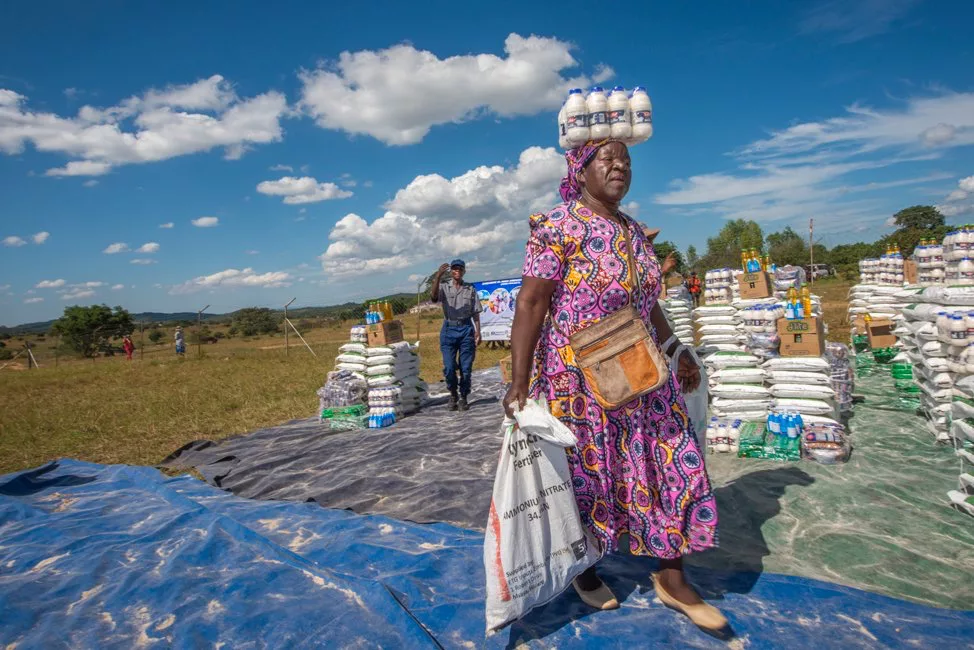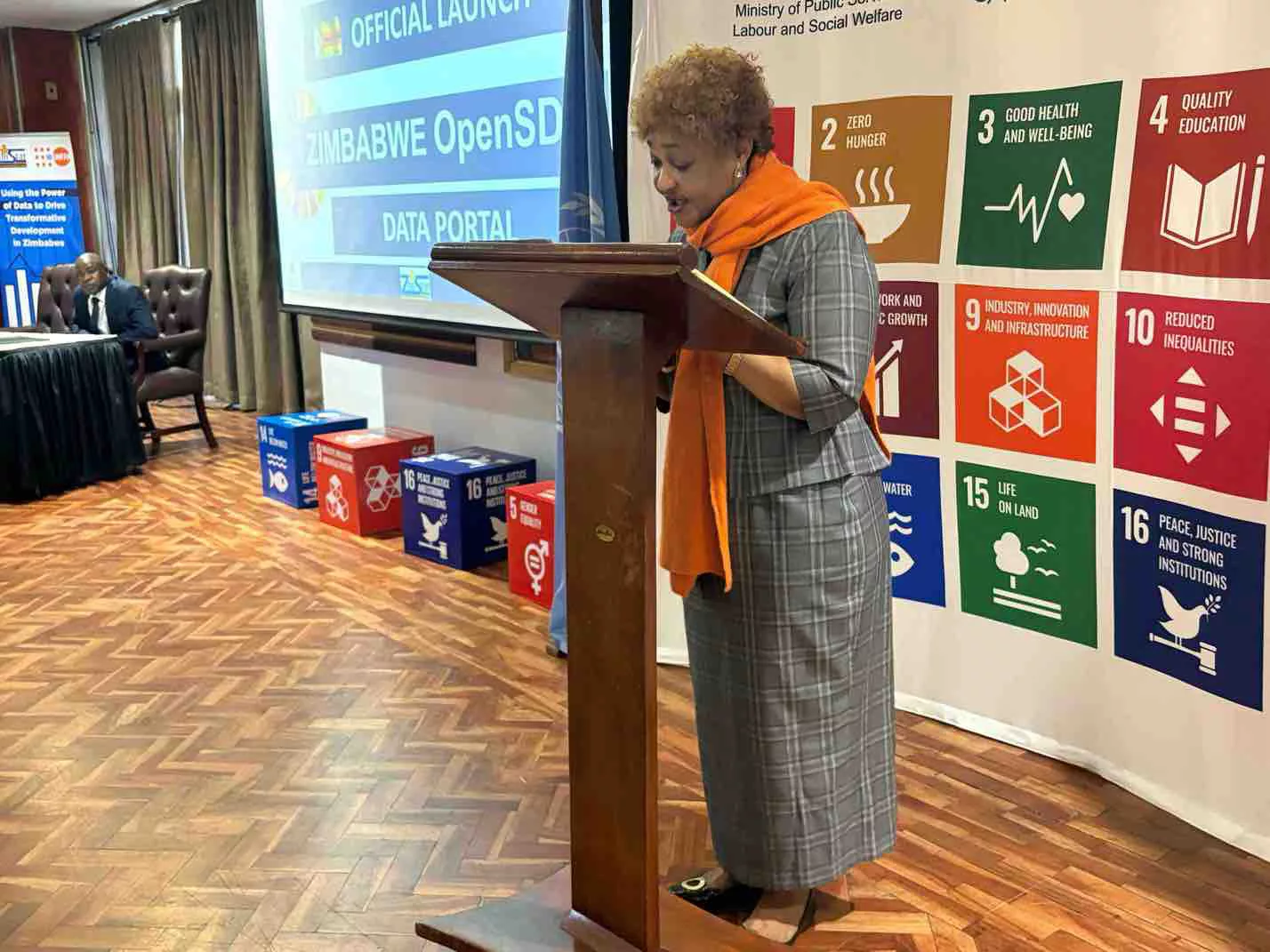|
Getting your Trinity Audio player ready...
|
From Malawi and Mozambique to Zambia and Zimbabwe, down to Namibia and across to the grain belt of South Africa, a combination of the effects of climate change and the El Niño weather phenomenon has been causing drought, hunger and misery for months. The region, already vulnerable to extreme weather conditions, received only 80 percent of expected rainfall during the summer months in the Southern Hemisphere from November to February, according to the Food and Agriculture Organization (FAO). February saw the lowest rainfall in 40 years, with temperatures four to five degrees above normal. The result: massive crop failures and food shortages.
The United Nations Office for the Coordination of Humanitarian Affairs (OCHA) speaks of “heightened food insecurity” and rising food prices in the region. More than 16 million people are threatened by hunger, estimates OCHA. Particularly affected are three to four million people each in Zimbabwe and Mozambique. Already at the end of last year, the World Food Programme (WFP) warned of food shortages for up to 50 million people in southern Africa and parts of Central Africa.
El Niño and climate change lead to record temperatures and extreme weather
Observations by the World Meteorological Organization (WMO) show that the 2023-24 El Niño ranks among the five strongest since records began. Triggered by periodic warming of the sea surface temperature in the eastern Pacific Ocean, El Niño typically reduces late-summer rainfall in southern Africa.
Climate change is also increasingly playing a role. In combination with El Niño, it leads to record temperatures, resulting in more frequent and worsening extreme weather events. “Since June 2023, a new monthly temperature record has been set every month – and 2023 was by far the warmest year on record. El Niño has contributed to these record temperatures, but heat-trapping greenhouse gases are clearly the main cause,” said WMO Secretary-General Celeste Saulo. February was the warmest on record in southern Africa as well. While the weather phenomenon is currently weakening and temperatures have already cooled down, its effects will continue to be felt, leading to higher temperatures than usual until May.
Malawi and Zambia particularly affected
- Malawi declared a state of emergency at the end of March. It is the second country after Zambia. 23 out of 28 districts in Malawi are severely affected by the drought. In November, when it was still raining, maize was planted and germinated. However, the dry December scorched the crop. The situation has now worsened. The country, one of the poorest in the world, urgently needs 200 million dollars in emergency aid – 600,000 tonnes of food are missing. More than 20 percent of the population is threatened by hunger. President Lazarus Chakwera spoke of two million households living on subsistence farming and urgently in need of assistance. He appealed to the international community for support.
- Zambian President Hakainde Hichilema declared a state of emergency at the end of February. One million hectares of maize – almost half of the country’s cultivation – was destroyed due to lack of rainfall. “This drought has devastating consequences for many sectors such as agriculture, water availability, and energy supply and threatens our national food security and the livelihoods of millions of people,” said the president in a televised address.
Power supply at risk
After the coronavirus pandemic and a devastating cholera outbreak last year, drought is the third disaster to hit the 20-million-country Zambia. According to the Zambezi River Authority, the 280-kilometer-long Kariba Lake along the border with Zimbabwe, the largest reservoir in the world by water volume, currently has only a 14 percent water level, endangering the power supply in both countries. In Zambia alone, which has the second-largest copper reserves in the world, a power deficit of around 500 megawatts is expected this year. Currently, there is electricity for only eight hours a day.
The situation in Zimbabwe is similarly dire. Half of the maize crop is lost. Tobacco production will be ten percent lower than last year. Zimbabwe is Africa’s largest tobacco producer and earns crucial foreign exchange from cultivation. Exports, mostly to China, brought in 1.2 billion dollars last year. “There has been a decline in volumes per hectare,” said Patrick Devenish, chairman of the Tobacco Industry Marketing Board (TIMB). Three-quarters of the country’s tobacco is produced by small-scale farmers, who lack good irrigation systems, which need to be improved in the future to withstand the effects of climate change. An emergency program by the WFP has just been completed. It aims to provide food to 2.7 million people.
South Africa has so far been spared. Surpluses from last year can offset the poor maize harvest in the region’s breadbasket. However, there will be nothing left for export to neighboring countries, which will be costly. “When food security is poor, prices spiral out of control,” says Tobias Doyer, CEO of the industry association Grain SA.
Source: Table Briefing






